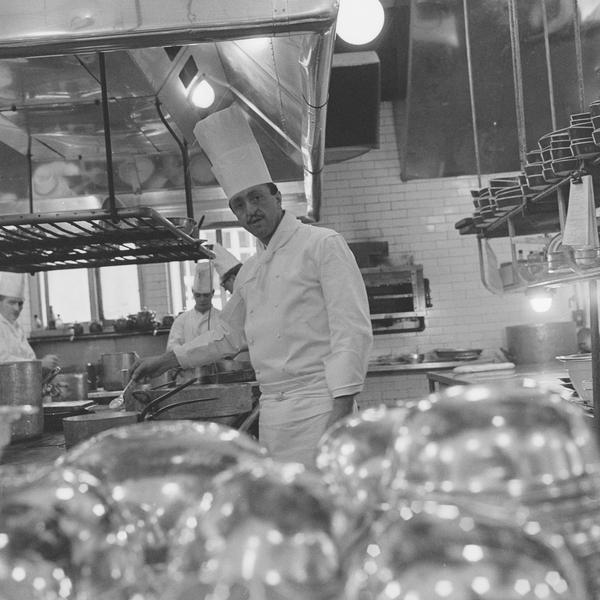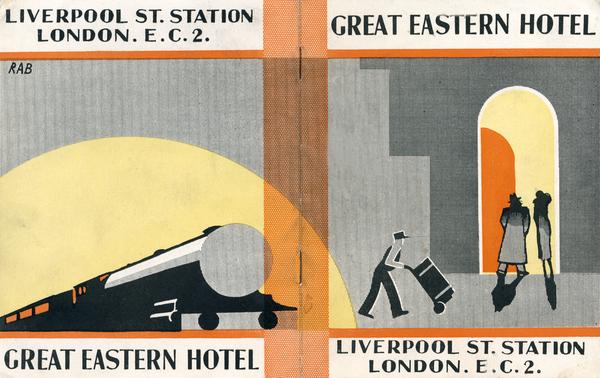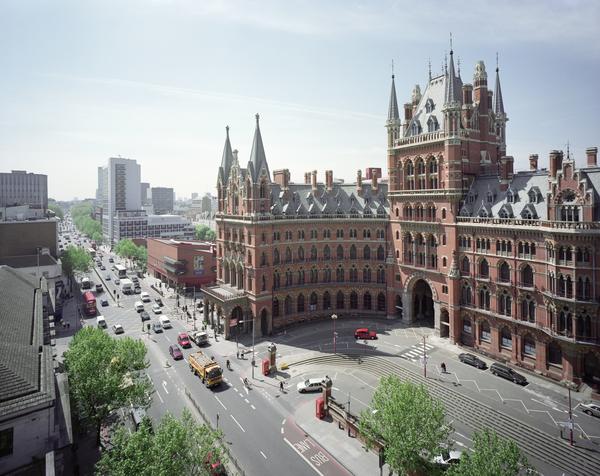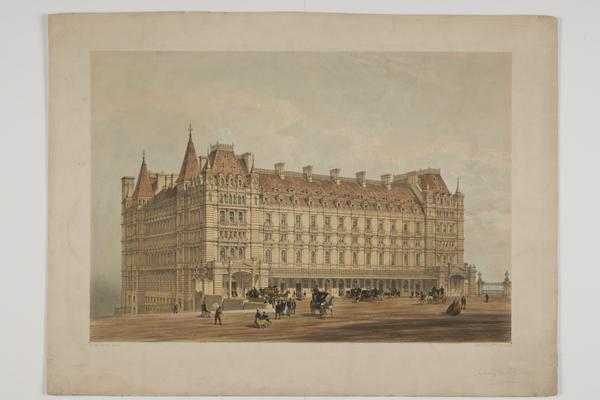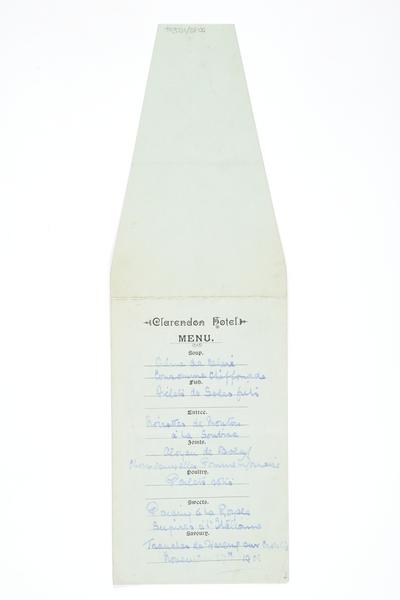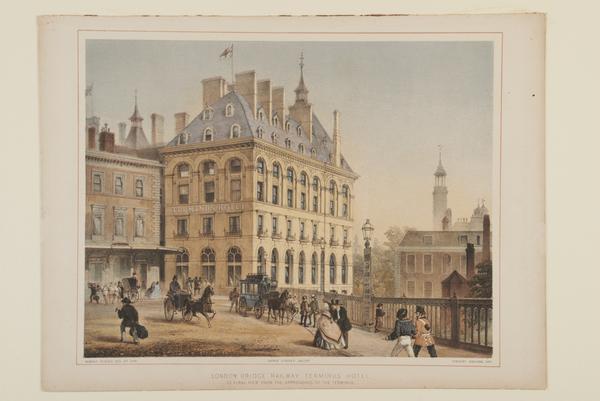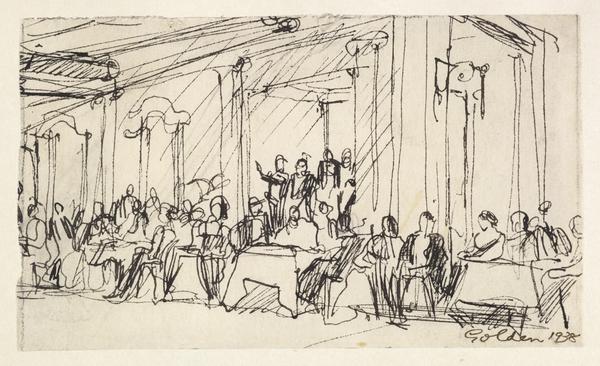London’s historic hotels
The 1800s saw a hotel building boom in the capital. Luxury establishments with Victorian mod cons sprung up around the wealthy West End. And the expanding railway network generated new accommodation around the city’s main stations. Many still thrive today – meaning you can visit some famous institutions dripping with history.
Since 1832

Brown’s Hotel, Mayfair, opened 1832
Brown’s Hotel claims to be London’s oldest luxury hotel. It has stood on 23 Dover Street under the same name for almost 200 years, expanding bit by bit to occupy a row of Georgian townhouses and a neighbouring hotel on Albemarle Street. The hotel’s hosted future American president Theodore Roosevelt and the exiled Napoleon III, plus writer Rudyard Kipling, who spent his honeymoon there.

Claridge’s, Mayfair, opened 1856
Claridge’s: a place for glitz and glamour. A visit from Queen Victoria and Prince Albert in 1860 made the hotel a favourite of European royalty. Young Londoners danced to jazz in its ballroom in the 1920s. And in the 1950s, it was the London residence of many Hollywood stars. Actor Spencer Tracey once said: “Not that I intend to die, but when I do, I don't want to go to heaven, I want to go to Claridge's”.

Great Northern Hotel, King’s Cross, opened 1854
The Great Northern Hotel was one of the first purpose-built hotels for passengers using Britain’s expanding railways. It serviced sleepy travellers passing through the nearby King’s Cross Station, the final stop on the Great Northern Railway. The hotel is shaped in a long curve, reflecting how the old St Pancras Road used to bend around the now-hidden River Fleet.

The Langham, Marylebone, opened 1865
The Langham was seen as the height of luxury when it first opened. Built in the style of an Italian palace, this vast hotel featured many modern inventions like hydraulic lifts and air conditioning. The BBC used the building for broadcast support during the Second World War (1939–1945), and in 1965 bought the whole thing for offices and studios. It reopened as a luxury hotel in 1991.

Great Eastern Hotel (now Andaz London Liverpool Street), City of London, opened 1884
The Great Eastern, just south of Liverpool Street Station, was built on the site of the first Bethlem Hospital for mental illness (1247–1676). The hotel was once serviced by its own train tracks, on which seawater was shipped in for bathing. A spectacular masonic temple, built for secretive Freemasons in the early 1900s, was rediscovered during renovations in the 1990s.

Midland Grand Hotel (now St Pancras Renaissance Hotel), King’s Cross, opened 1873
Grand by name, grand by nature. This Gothic revival hotel wowed its guests with extravagance and opulence. But by 1935, it was seen as outdated and its facilities too expensive to update and the hotel closed. The building was later used as railway offices, and came remarkably close to demolition before a high-profile campaign saved it. It reopened as a luxury hotel in 2011.

The Savoy, Strand, opened 1889
Theatre manager Richard D’Oyly Carte built this hotel next to his Savoy Theatre. The Savoy’s embraced innovation: it opened with electric lights and lifts, and in 1984 took the expensive risk of computerising guest records. The guest book glitters with the names of the rich and famous, and some suites are named after star patrons like Frank Sinatra and Marlene Dietrich.

The Ritz, Piccadilly, opened 1906
The Ritz was the brainchild of hotelier César Ritz, former general manager of the Savoy. It opened with no-expense-spared luxury for high-society folk, eight years after the first Ritz hotel in Paris. Ballerina Anna Pavlova danced there, playwright Nöel Coward wrote songs there, and screenwriter Richard Curtis set several scenes there for his 1999 film Notting Hill.


